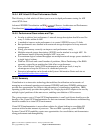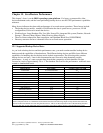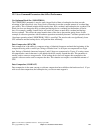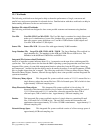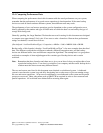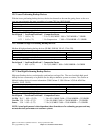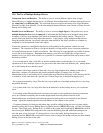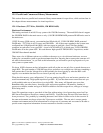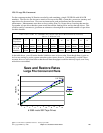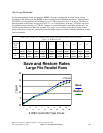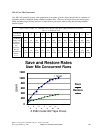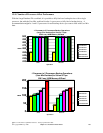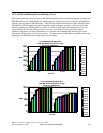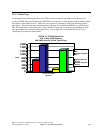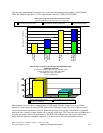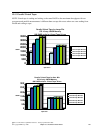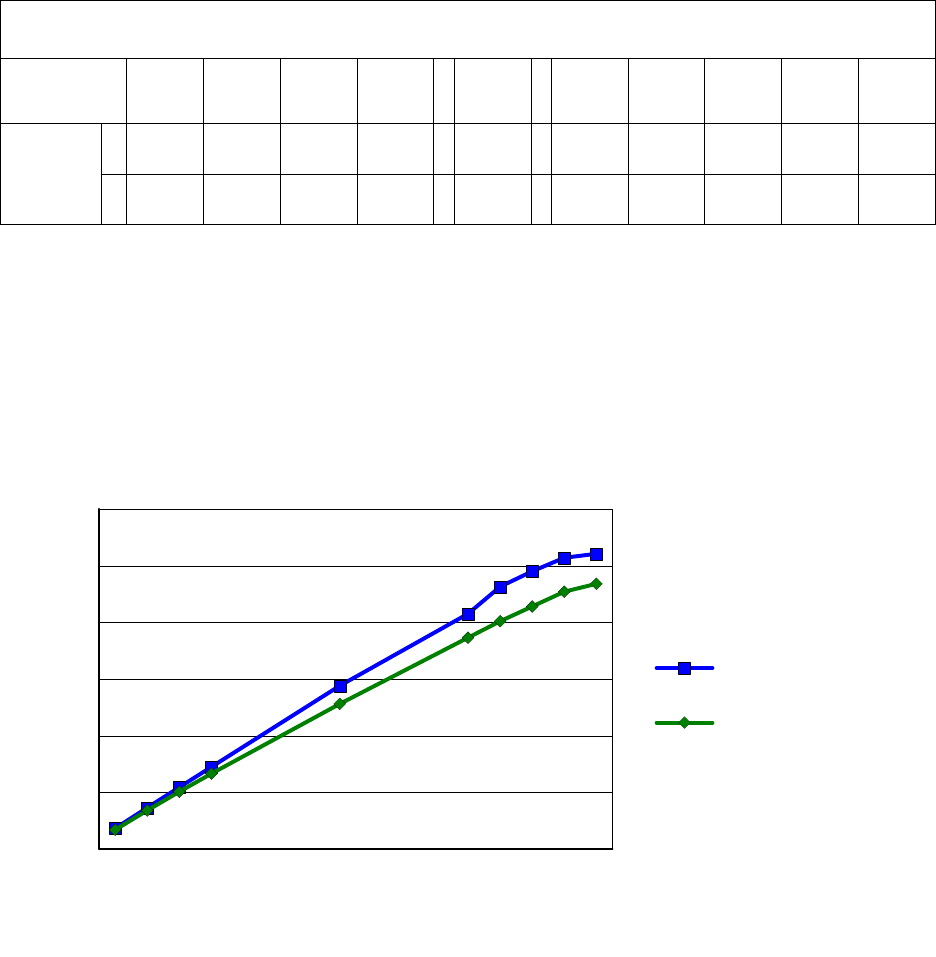
15.9.2 Large File Concurrent
For the concurrent testing 16 libraries were built, each containing a single 320 GB file with 80 4 GB
members. The file size was chosen to sustain a flow across the HSL, system bus, processors, memory and
tapes drives for about an hour. We were not interested in peak performance here but sustained
performance. Measurements were done to show scaling from 1 to 16 tape drives, knowing that near the
top number of tape drives that the system would become the limiting factor and not the tape drives. This
could be used by customers to give them an estimate at what might be a reasonable number of tape drives
for their situation.
4.68
TB/HR
4.54
TB/HR
4.28
TB/HR
4.02
TB/HR
3.73
TB/HR
2.56
TB/HR
1.33
TB/HR
1.01
TB/HR
680
GB/HR
340
GB/HR
R
5.21
TB/HR
5.14
TB/HR
4.90
TB/HR
4.63
TB/HR
4.15
TB/HR
2.88
TB/HR
1.45
TB/HR
1.09
TB/HR
730
GB/HR
365
GB/HR
S
320 GB
DB file with
80 4 GB
members
1615141312
84321
# 3580.002
Tape drives
Table 15.9.2.1 iV5R2 16 - 3580.002 Fiber Channel Tape Device Measurements (Concurrent)
(Save = S, & Restore = R)
In the table above, you will notice that the 16th drive starts to loose value. Even though there is gain we
feel we are starting to see the system saturation points start to factor in. Unfortunately, we didn’t have
anymore drives to add in but believe that the total data throughput would be relatively equal, even if any
more drives were added.
IBM i 6.1 Performance Capabilities Reference - January/April 2008
© Copyright IBM Corp. 2008 Chapter 15. Save/Restore Performance 250
5.2 TB/H
R
1
2
3
4
5
6
7
8
9
10
11
12
13
14
15
16
# 3580 model 002 Tape Drives
0
1
2
3
4
5
6
TB/HR
Save
Restore
Save and Restore Rates
Large File Concurrent Runs



